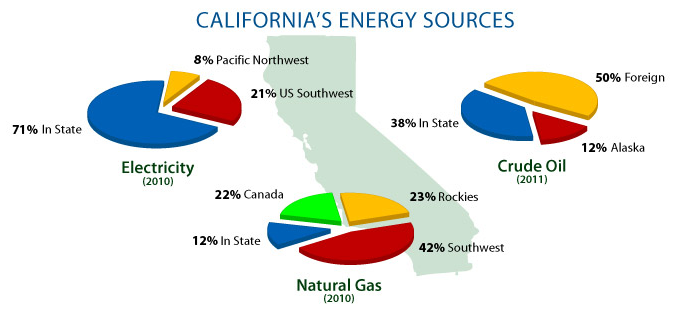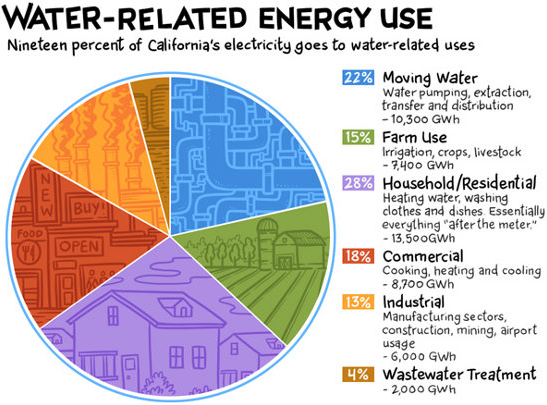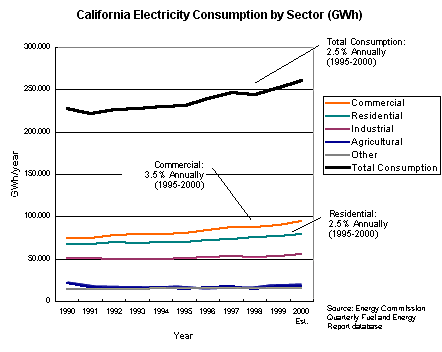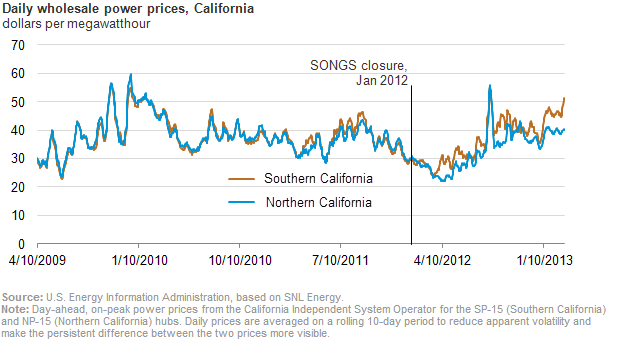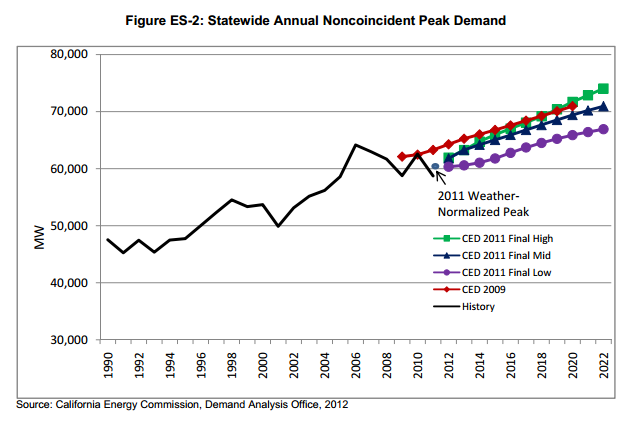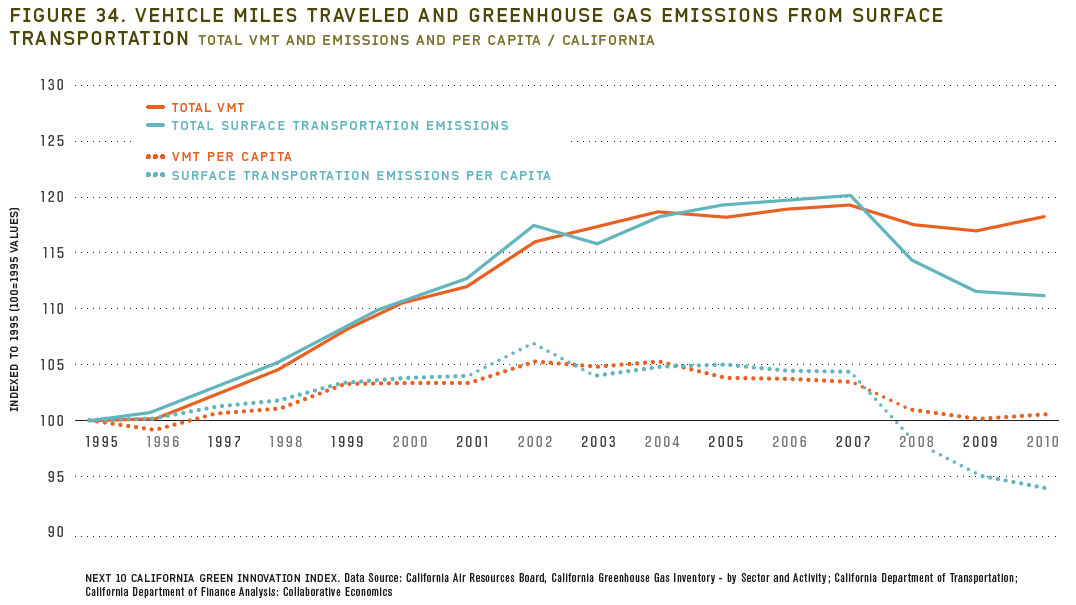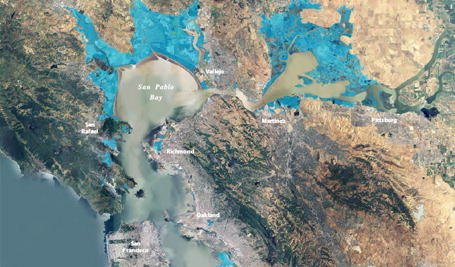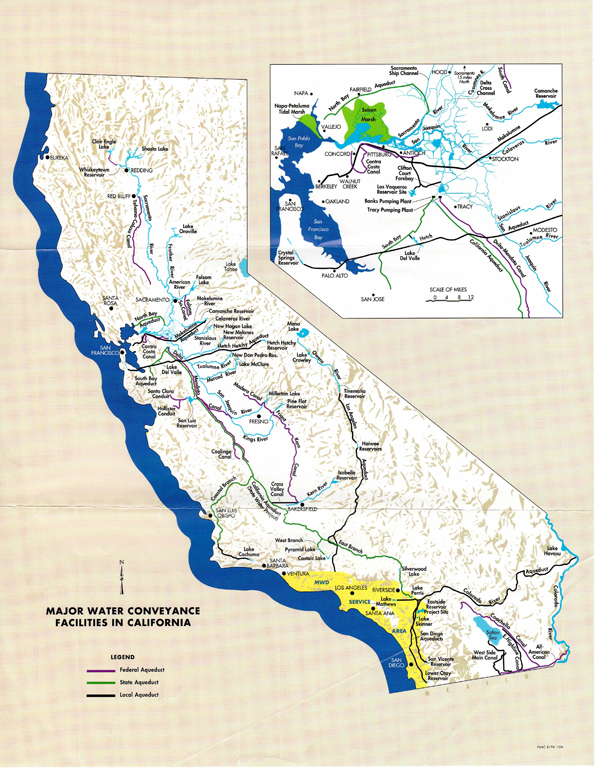California
Submitted by eortiz5000 on
CA Water-related energy use
Submitted by eortiz5000 on
CA electricity consumption by sector
Submitted by eortiz5000 on
Extended nuclear generation outage increases Southern CA's energy prices relative to Northern CA
Submitted by eortiz5000 on
CA energy demand forecast
Submitted by eortiz5000 on
VMT in CA
Submitted by eortiz5000 on
Breakdown of E-commerce and Taxation
Submitted by crshen on
Major water conveyance facilities in California
Submitted by marcusaluna on
CoolCalifornia: Simple steps for a sustainable future
Submitted by ward on



